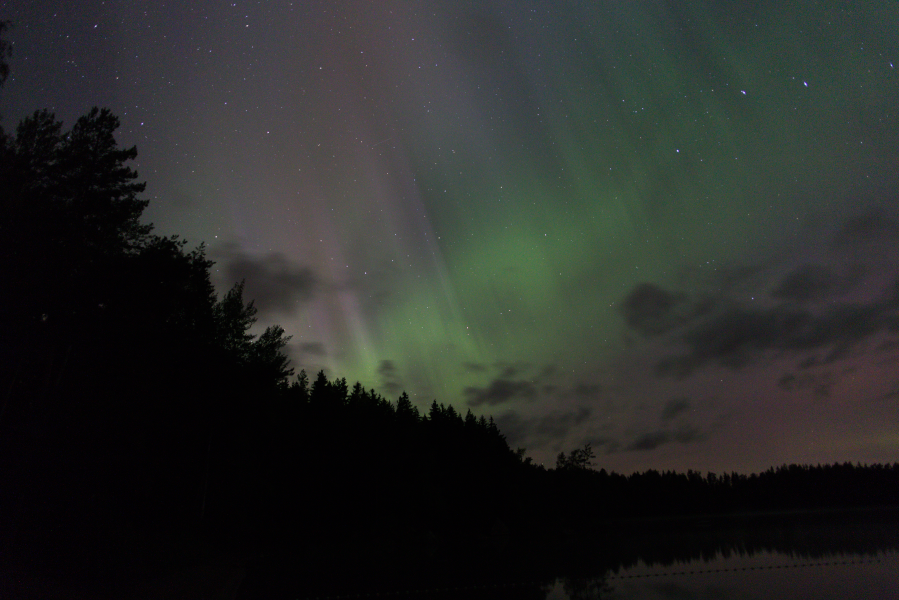Solar Wind
Solar wind summary will appear here.
| Time | Speed (km/s) | Density (p/cc) |
|---|
Live metrics and charts.
Solar wind summary will appear here.
| Time | Speed (km/s) | Density (p/cc) |
|---|
Kp index summary will appear here.
| Time | Kp |
|---|
Bx summary will appear here.
| Time | Bx (nT) | Bz (nT) |
|---|
Adjust the time zone at the bottom of the page.
Latest weather observations from various locations in Finland.
| Time | Location | Temperature (°C) | Cloud Cover (%) |
|---|
Simple rules and how to use these tools.
Tip: The radar here shows rain/snow, not cloud cover. Use your preferred cloud forecast app/site.
Check the live metrics and the Solar Wind chart in the dashboard.
Use the Local Magnetometer — Bx mini chart. Fast swings often precede bright displays.
The FMI Radar helps avoid rain/snow. No echoes nearby is better for viewing. Radar does not show cloud cover.
Two explanations: one in simple terms and one more scientific.
Learn what causes auroras (Northern Lights): how solar flares and coronal mass ejections (CMEs) launch solar wind toward Earth, how long it takes to arrive, why some storms miss or have the wrong magnetic direction, and how interacting or "cannibal" CMEs can intensify geomagnetic storms.
The Sun sometimes blasts out gusts and clouds of charged gas. When those reach Earth and connect with our planet's magnetic field, energy flows into the upper atmosphere and makes oxygen and nitrogen glow as auroras.
Solar activity launches coronal mass ejections (CMEs) and high-speed streams that carry plasma and an embedded interplanetary magnetic field (IMF). When the IMF's Bz component turns southward (negative), magnetic reconnection at Earth's dayside magnetopause efficiently transfers solar-wind energy into the magnetosphere.

Sarkjarvi, Uusimaa. Right-click to save or share.